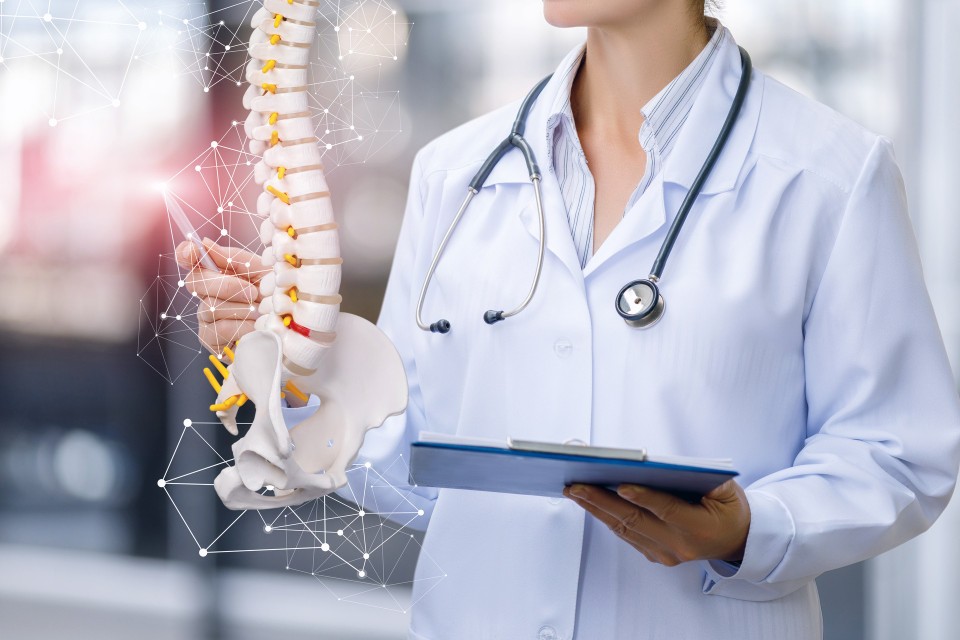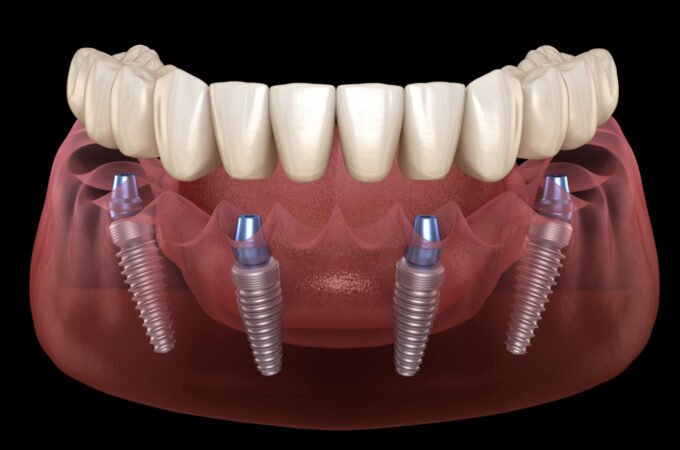
What Symptoms Indicate That You Have Spinal Stenosis?
Spinal stenosis is a condition in which your spine becomes narrow at the cervical or lumbar regions and this results in compression of the spinal nerves. Compression of the spinal nerves causes tingling but some people with spinal stenosis may not have any symptoms. The diagnosis of spinal stenosis is made through a medical history and a physical examination. The doctor may also order lab tests and imaging tests like an x-ray to find out the exact cause of your spinal stenosis.
The management of spinal stenosis is personalized and depends on the severity of your spinal stenosis. Spinal stenosis has no cure but the symptoms of spinal stenosis can be managed using pain management in Georgetown, muscle relaxants, epidural steroid injections, bracing, and physical therapy. If these methods fail to work, surgery can be performed.
What Causes Spinal Stenosis?
Any condition that causes narrowing of your spinal canal can cause spinal stenosis. Spinal stenosis can be a congenital condition where some people are born with narrow spinal canals. Other factors that can narrow your spine include bone spurs which are caused by an overgrowth of the spinal bones following the wear and tear that occurs in osteoarthritis. The bone spurs can also be caused by Paget’s disease in adults. These bones spurs compress the spine.

A herniated disc which occurs in old age due to the drying of the soft cushions of the spine. This causes the disks to herniate and compress the spine, narrowing it. Spinal cord tumors or tumors of the bones and muscles around the spine can compress the spinal cord, narrowing it. The thickening of ligaments around the spine causes them to press on the spine, compressing it.
The trauma of the spine can cause the spinal bones to dislocate or fracture and the dislocated bone segments can press on the spinal cord, compressing it. You are at a high risk of spinal stenosis if you are above 50 years because degenerative changes in the spine start occurring. If you have suffered trauma to the spine or have a congenital or genetic condition of the spine, you are at a higher risk of spinal stenosis.
What Are the Symptoms of Spinal Stenosis?
The symptoms of spinal stenosis depend on the region of the spine that is compressed. If you are suffering from cervical spinal stenosis, you will experience symptoms like numbness on the upper and lower limbs that may be accompanied by tingling. The limbs may also feel weak. Cervical stenosis also presents with pain in the neck and the inability to maintain balance and walk. Severe cervical stenosis may cause urine or fecal incontinence.

Lumbar spine stenosis presents with numbness and tingling of the lower limbs which may be accompanied by limb weakness. Back pain and leg pain that is worsened by standing for long durations or walking and is relieved by bending forward or sitting, are all symptoms of spinal stenosis in the lumbar region. The complications of spinal stenosis include paralysis, bowel and bladder incontinence, and inability to maintain balance.
Conclusion
Spinal stenosis is a condition that causes narrowing of the spine and compression of the spinal nerves at the cervical and lumbar spine regions. The symptoms of spinal stenosis include pain, numbness, and tingling of the limbs and limb weakness. Spinal stenosis can be caused by bone overgrowth, trauma to the spine, tumors, and congenital spine conditions, treatment of spinal stenosis depends on the severity of the stenosis and treatment may be medical or surgical. Spinal stenosis does not have a cure.




